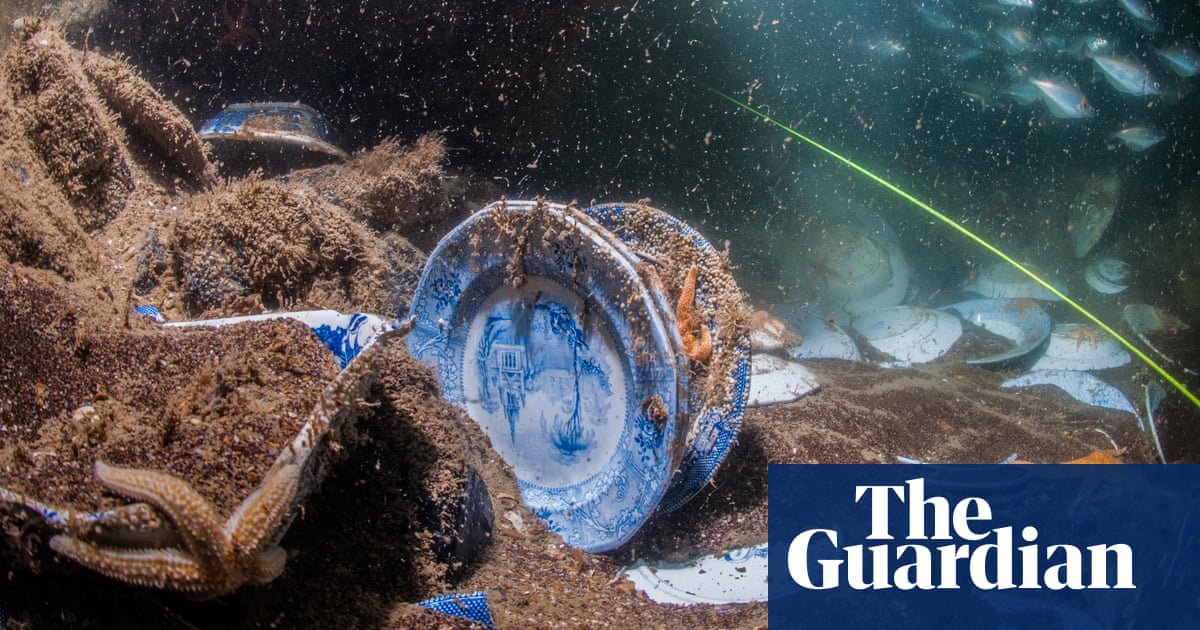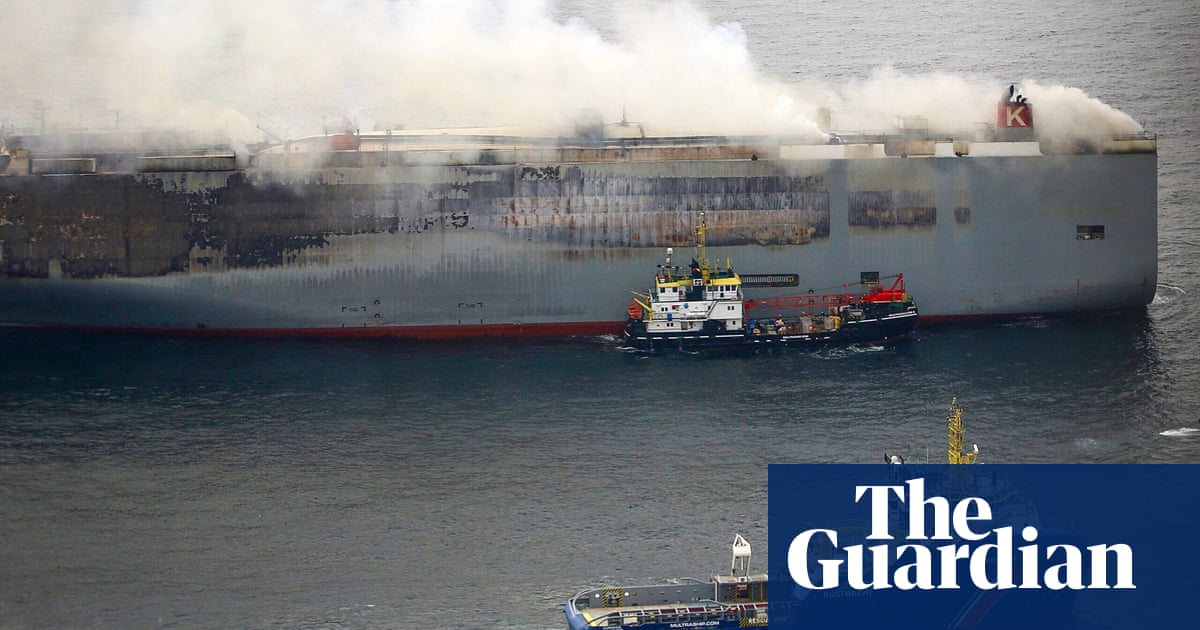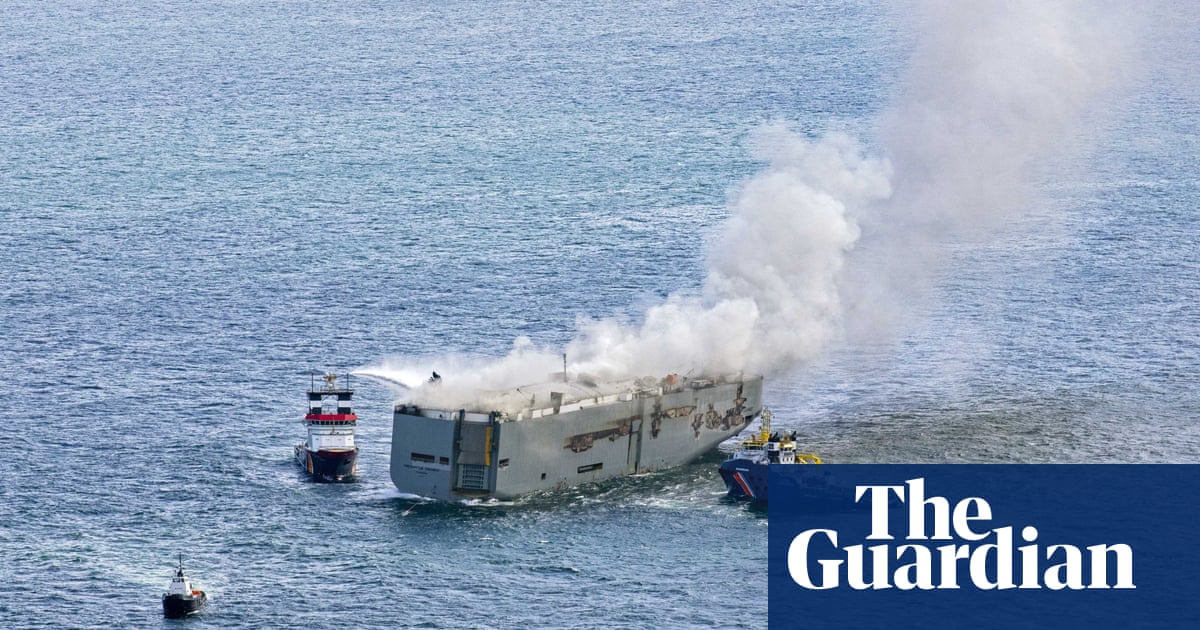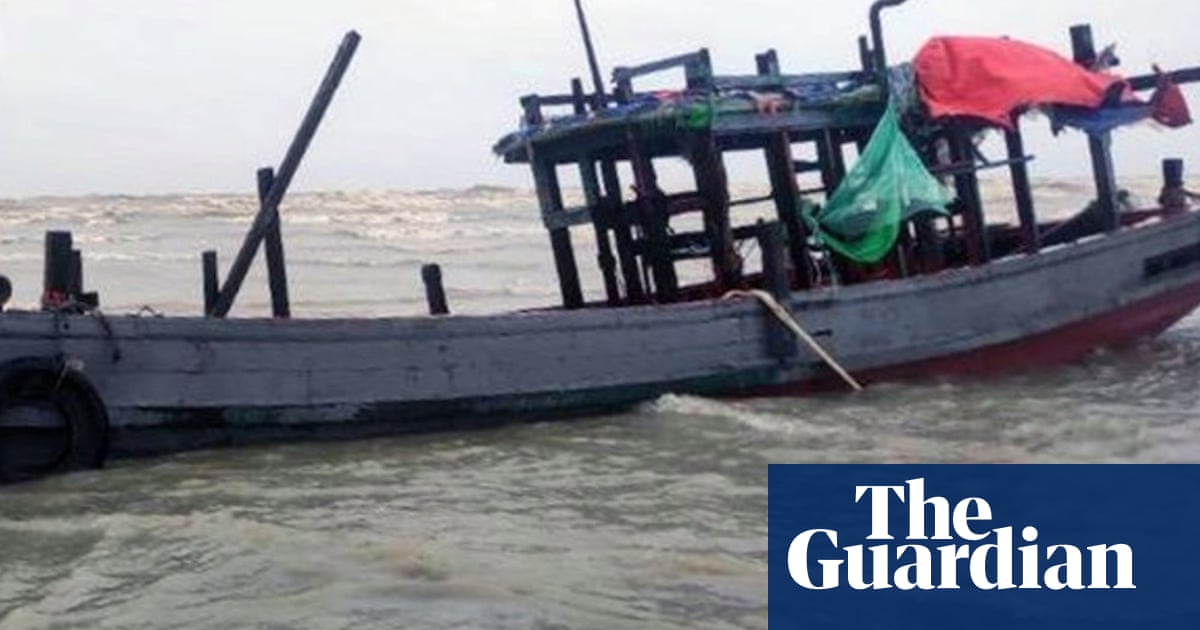
The wreck of a mid-19th century sailing ship transporting British people to New Zealand and with a cargo of exceptionally rare ceramics onboard has been listed for protection 167 years after it sank off the Kent coast.
The Josephine Willis wooden packet boat, built in Limehouse and launched in 1854 by HH Willis & Co, foundered four miles (6.4km) south of Folkestone harbour following a collision with the steamer Mangerton on 3 February 1856, with the loss of 70 lives including Captain Edward Canney. The ship lies in two parts on the seabed, 23 metres deep.
Some of the ceramics onboard are still in their crates and several unknown patterns have been discovered on cups, plates and bowls which, though utilitarian at the time, today have no equivalents within museum collections.
Historic England said the shipwreck and the ceramics, found to come from the potteries of Mexborough, Charles Meigh and Davenport, would add to knowledge of England’s export pottery industry in the 19th century.
The Josephine Willis was on its second round trip to New Zealand when it sank. On its first voyage there was an attempted mutiny by the crew, with 12 deserting at Auckland, while others were dismissed at Calcutta during the return voyage.
It departed on its second, fateful, voyage to New Zealand on 1 February 1856, with a crew of 44, and 66 passengers. Mistaking a light in the Channel for Dungeness lighthouse it began adjusting course, but the light was from the approaching SS Mangerton, an iron-hulled screw steamer on its way from Limerick to London.
The Josephine Willis was cut in two during the collision, with some crew and passengers surviving, but with about 70 lives lost. The wreck was rediscovered by divers in 2018.
James Canney, great-great-great-grandson of the ship’s captain, Edward Canney, said: “I’m pleased the story of the loss of the Josephine Willis is being told and that the shipwreck is being protected. I am continuing my research into the construction of the ship and the people who chartered it. I am also learning more about the lives of the crew and passengers; both those lost at sea in the tragedy and those who survived and later made it to their new lives on the other side of the world.”
Duncan Wilson, the chief executive of Historic England, said the story of the rare cargo “gives us clues to help improve our knowledge of the Victorian export ceramics industry in the mid-19th century”.
Graham Scott, a marine archaeologist with Wessex Archaeology, said: “Most of the ceramics being carried by ship were ordinary, affordable, mass-produced goods that most European settlers in New Zealand could at least aspire to own. However, being relatively plain they tended to be of little interest to collectors and are often absent from museum collections.
“So, these ceramics are both ordinary and special. Not only do they help shine a light on Victorian industry and trade and the lives of emigrants, but they also help fill important gaps in the collections that those museums preserve and display for us.”












